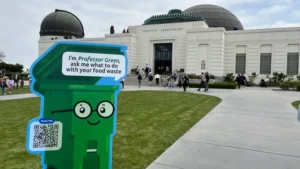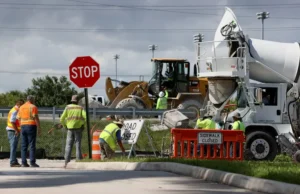Key Takeaways
- A dormant NASA satellite, inactive for nearly 50 years, has unexpectedly reactivated due to interactions with charged particles.
- This incident raises important questions about satellite longevity, design resilience, and space debris management.
- The revival has sparked public interest and meme culture, highlighting the need for updated international regulations regarding dormant satellites.
A Cosmic Surprise: Dormant Satellite Reactivates
In a remarkable development, a NASA satellite that had been inactive for close to five decades has reactivated, surprising scientists and the public alike. This unusual revival is attributed to charged particles interacting with the satellite’s vintage components, showcasing the unpredictable nature of space technology.
Experts are both fascinated and concerned about how a 50-year-old satellite could respond dynamically after such a long dormancy. This event challenges conventional perceptions of aging hardware and presents an opportunity for discussions on the future of satellite design and space exploration.
Investigations are currently underway to understand the implications of this unexpected reactivation. The event underscores the resilience of old technology and raises intriguing questions about the effects of space weather on satellite operations. As satellites age, the possibility of them unexpectedly reactivating emphasizes the importance of strategic design choices for future missions.
The history of dormant satellites demonstrates human ingenuity juxtaposed with the unpredictable nature of space. Many long-inactive satellites drift, with some reacting dramatically to external forces. This particular incident illustrates how charged particles can “zap” dormant satellites back to life, igniting conversations about the future of satellite engineering and the challenges posed by aging spacecraft.
Public reactions have varied from humor, with social media memes dubbing the satellite a “space zombie,” to serious concerns regarding space debris and operational risks. Discussions are growing surrounding the need for effective space debris management strategies in light of such revival incidents.
The scientific implications are manifold — satellite design may require improved shielding and redundancy to account for unforeseen reactivations. Discussions on international space regulations also intensified, as existing treaties may not sufficiently address the responsibilities linked to unexpectedly active satellites.
This event serves as a critical reminder of the need for collaboration among nations to establish coherent guidelines addressing the unpredictable behaviors of dormant satellites. As interest in space exploration grows, considerations of technology longevity and space debris management will shape future missions, highlighting the intricate balance between innovation and risk management in the ever-evolving landscape of outer space.
The content above is a summary. For more details, see the source article.















